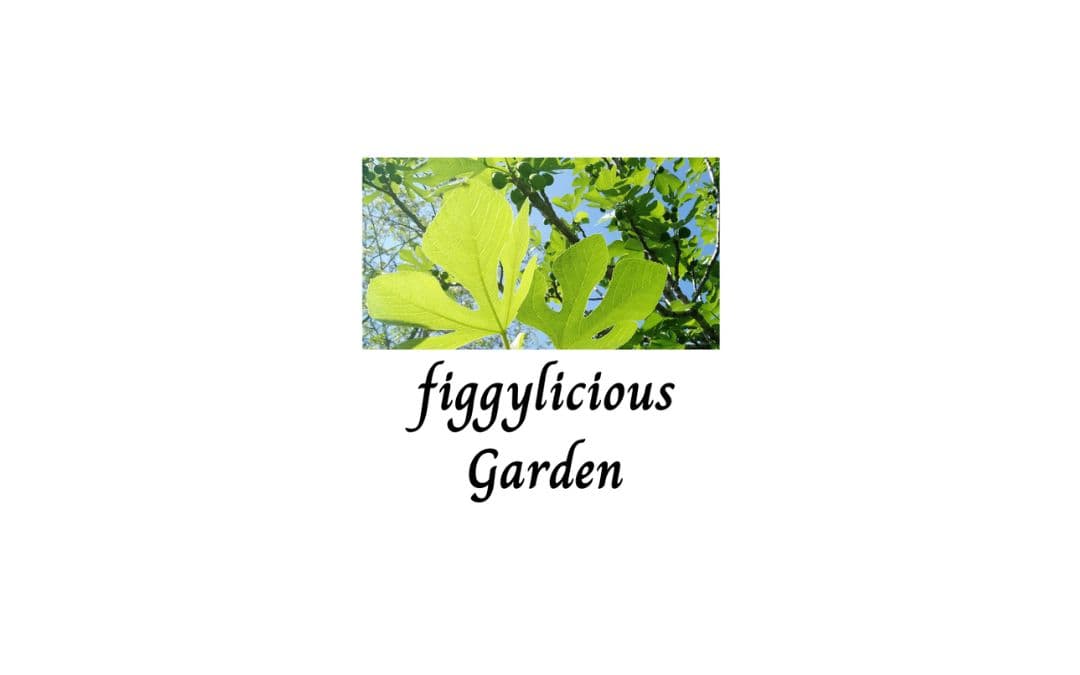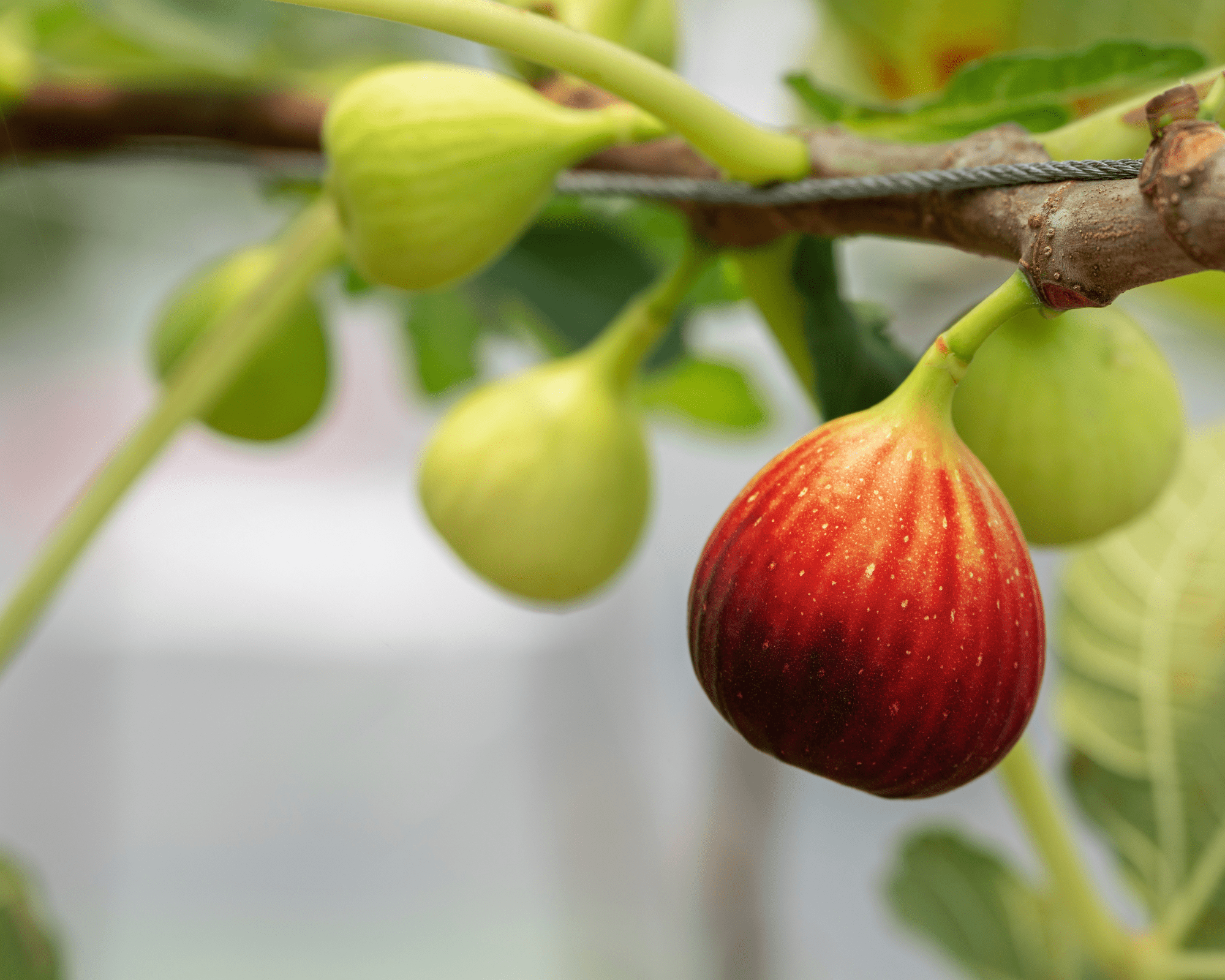Please read the full disclosure for more info. 💚
Introduction
Growing fig trees on your terrace can be a rewarding experience, offering you delicious fruits and a beautiful, lush addition to your garden. But to ensure your fig tree thrives in a container or raised bed, it’s essential to get the soil mix just right. Fig trees are relatively low-maintenance, but they have specific soil needs that, if met, will help them grow strong and produce an abundance of sweet figs.
In this guide, we’ll explore the ideal soil medium for fig trees, including the components you should use, how to measure them, and why certain materials like perlite and rice husk are key to your fig tree’s success. Let’s create the perfect environment for your fig tree to flourish!
1. Why Is the Right Soil Mix Crucial for Fig Trees?
Fig trees are a bit picky when it comes to their soil. They need a well-draining, slightly acidic to neutral soil to ensure they get the nutrients they need without the risk of root rot. Terrace gardening with fig trees presents a unique challenge since you’re working with limited space and containers, but don’t worry—we’ve got the right solution.
The perfect soil for fig trees should offer:
- Good Drainage: Figs don’t like sitting in water, so it’s important that the soil drains well to prevent root rot.
- Nutrient-Rich: Fig trees are heavy feeders, so your soil needs to provide them with enough nutrients to grow strong.
- Proper pH Level: Fig trees prefer slightly acidic to neutral soil, with a pH between 6.0 and 7.0.
2. The Essential Components of the Perfect Soil Mix for Fig Trees
Now let’s break down the perfect mix for your fig tree’s soil. We’ll combine components that promote healthy growth, good drainage, and rich nutrients.
A. Potting Soil
- Purpose: Potting soil forms the base of your fig tree’s soil mix. It’s lightweight and provides good moisture retention while allowing for proper drainage.
- Why It Works: Potting soil is designed for container gardening, which is exactly what you need for terrace gardening. It ensures your fig tree’s roots stay healthy without being waterlogged.
B. Perlite
- Purpose: Perlite is a lightweight, volcanic rock that helps with drainage and aeration.
- Why It Works: Figs dislike soggy roots. Perlite improves the soil’s drainage, preventing water retention that could harm the roots.
- How to Measure: For fig trees, mix about 1 part perlite to 3 parts potting soil.
C. Rice Husk (Rice Hulls)
- Purpose: Rice husk is an organic material that provides excellent drainage and aeration for your soil mix.
- Why It Works: Rice husk lightens the soil, improves its structure, and helps it retain moisture without becoming waterlogged. Figs will love the airy, well-draining texture it creates.
- How to Measure: Mix rice husk with the potting soil in a 1:3 ratio, along with perlite, for optimal results.
D. Compost
- Purpose: Compost is rich in organic matter and nutrients that fig trees need to grow strong and produce fruit.
- Why It Works: Compost not only improves the fertility of your soil but also helps retain moisture and provides beneficial microbes for healthy root growth.
- How to Measure: Add about 1 part compost to 3 parts potting soil. You can adjust based on the quality of your compost and the specific needs of your fig tree.
E. Coconut Coir
- Purpose: Coconut coir is an eco-friendly alternative to peat moss. It helps retain moisture and supports root growth.
- Why It Works: Coconut coir holds moisture for longer periods, which is great for terrace gardeners who might forget to water occasionally.
- How to Measure: Mix coconut coir in a 1:1 ratio with your potting soil and perlite mix.
3. Perfect Measurements for Fig Tree Soil Mix
For your fig trees to thrive, it’s important to get the measurements right. Here’s an easy recipe for your soil mix:
- 3 parts potting soil
- 1 part perlite (for better drainage)
- 1 part rice husk (for aeration)
- 1 part compost (for nutrients)
- Optional: 1 part coconut coir (for moisture retention)
4. Why Proper Soil Mix Is Essential for Fig Tree Health
The right soil mix ensures that your fig tree’s roots have access to enough nutrients while also allowing for proper drainage. Fig trees have deep root systems, and in containers or raised beds, the soil needs to be lightweight and well-aerated to avoid compaction. The ingredients listed above will provide just the right balance of moisture retention, drainage, and nutrients to help your fig tree grow healthy and strong.
Tip: Fig trees may need a larger container as they grow, so be sure to start with a spacious pot that allows for their root system to spread out.
5. Caring for Your Fig Tree’s Soil: Extra Tips for Success
- Watering: Make sure your fig tree receives adequate water, but never let it sit in water. The soil should be moist, not soggy. Test the soil with your finger—if it feels dry an inch or two below the surface, it’s time to water.
- Fertilization: Fig trees are heavy feeders, so be sure to fertilize with a balanced organic fertilizer. You can also add compost periodically to replenish nutrients.
- Pruning: Regularly prune your fig tree to keep it healthy and promote better fruit production. Remove dead or overgrown branches to maintain good airflow and shape.
6. Best Container for Your Fig Tree
Choosing the right container is just as important as the soil mix! Opt for a pot that’s at least 12-18 inches in diameter to give your fig tree ample space to grow. Ensure the pot has drainage holes to prevent water from accumulating at the bottom. A larger container will also help your fig tree grow deeper roots, which is essential for producing fruit.
Conclusion
Creating the perfect soil mix for your fig tree is a crucial step in ensuring its long-term health and fruit production. By combining potting soil, perlite, rice husk, compost, and coconut coir, you’ll create a well-draining, nutrient-rich mix that will support your fig tree as it grows. With the right care and attention, your terrace garden fig tree will reward you with delicious fruits and a beautiful, green space to enjoy.


